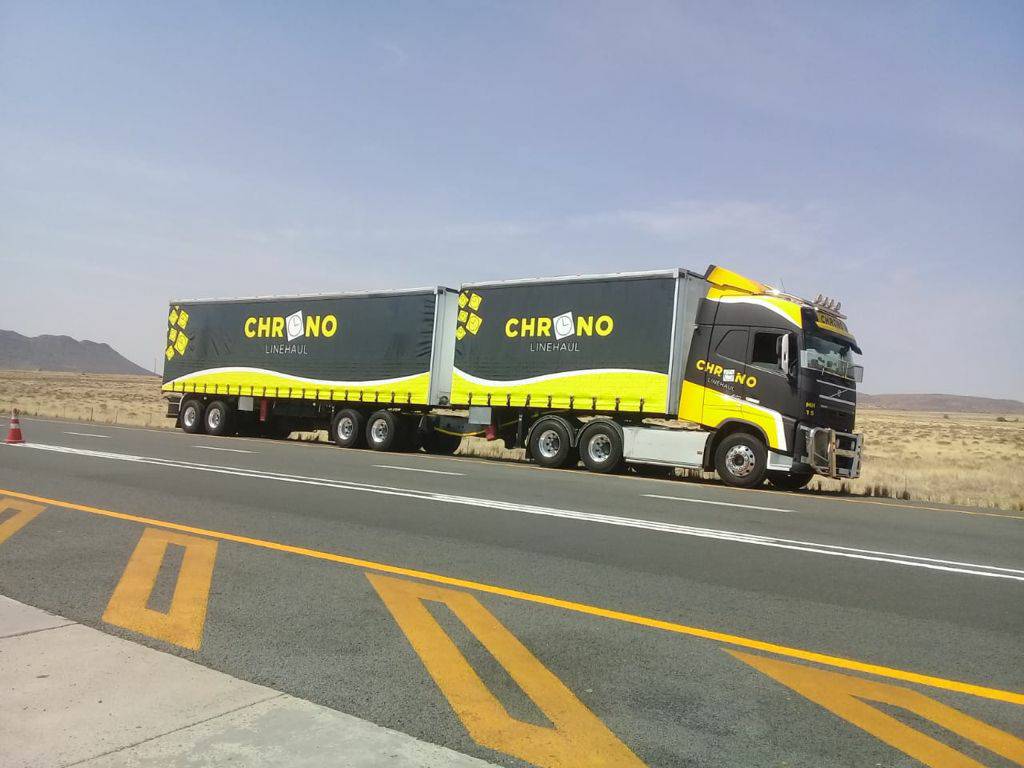In today’s fast-paced logistics industry, managing multiple truckload routes efficiently can make or break a company’s success. For businesses that handle large volumes of freight, monitoring over 50 truckload routes simultaneously is a daunting challenge. Dispersed data, delayed updates, and inefficient route tracking can cause costly delays and mismanagement. This is where advanced transportation management solutions come into play. Linehaul provides a powerful platform designed to monitor 50+ truckload routes with a single, user-friendly dashboard. This article explores how leveraging such technology transforms truckload management by offering real-time visibility, enhanced control, and optimized operations.
The Challenge of Managing Multiple Truckload Routes
Managing truckload routes involves coordinating schedules, tracking shipments, managing drivers, and ensuring compliance with regulations. When dealing with just a handful of routes, manual tracking or simple systems may suffice. However, as the number of routes expands beyond 50, traditional methods become inefficient. Disjointed tracking systems often lead to data silos, miscommunication, and delays. Without a centralized view, logistics managers struggle to allocate resources effectively or respond promptly to unforeseen disruptions. This inefficiency directly impacts delivery timelines, customer satisfaction, and operational costs.
Why Centralized Monitoring Matters
Centralized monitoring of truckload routes provides a consolidated view of all freight movements across the network. By bringing all route data into one dashboard, Linehaul allows logistics teams to make informed decisions faster. This unified approach reduces the risk of missed updates and gives managers complete visibility over their truckload operations. It enables them to quickly identify bottlenecks, track driver performance, and optimize load assignments. Having everything accessible on one platform enhances communication between teams and drivers, fostering a proactive rather than reactive logistics strategy.
Key Features of a Truckload Route Dashboard
An effective dashboard designed for monitoring multiple truckload routes should have several core features:
Real-Time Tracking: Continuous GPS tracking provides live updates on truck locations, ensuring managers know exactly where shipments are at all times.
Route Optimization: Intelligent algorithms suggest the most efficient routes considering traffic, weather, and delivery windows, reducing fuel costs and transit time.
Alerts and Notifications: Automated alerts for delays, route deviations, or mechanical issues enable rapid response to potential problems.
Load and Capacity Management: View truck capacity and cargo details in real time to avoid overloading and maximize efficiency.
Driver Performance Metrics: Track driver behavior and compliance to improve safety and reduce liability.
Customizable Reporting: Generate reports tailored to operational needs for better decision-making and performance analysis.
Benefits of Monitoring 50+ Truckload Routes with One Dashboard
Improved Operational Efficiency
When all truckload routes are monitored from a single interface, the logistics team can streamline operations significantly. This setup minimizes time spent toggling between systems and manually consolidating information, freeing up resources to focus on strategic tasks. Real-time data allows swift adjustments to routes or schedules, reducing idle time and increasing the number of deliveries completed per day.
Enhanced Customer Satisfaction
Visibility into truckload routes means customers receive accurate and timely updates about their shipments. Transparent communication builds trust and improves the overall customer experience. Additionally, faster delivery times and fewer disruptions help maintain a positive reputation.
Cost Savings
Efficient route management directly impacts fuel consumption, maintenance expenses, and labor costs. By identifying the best routes and avoiding unnecessary detours or delays, companies can lower operational expenditures. Monitoring driver behavior also reduces the likelihood of accidents and associated costs.
Data-Driven Decision Making
Access to comprehensive data on truckload routes empowers managers to identify trends, predict potential issues, and make proactive adjustments. This intelligence supports continuous improvement initiatives and long-term planning.
How Linehaul Supports Truckload Route Monitoring
Linehaul’s platform is specifically built to handle the complexities of monitoring extensive truckload networks. The intuitive dashboard consolidates route information, driver statuses, and shipment updates into a single view accessible from any device. The system’s robust analytics engine processes large volumes of data to provide actionable insights. Linehaul integrates with various telematics providers and transportation management systems, ensuring seamless data flow.
Users benefit from customizable alert settings and automated workflows that reduce manual intervention. The platform also offers scalable solutions suitable for growing fleets, making it ideal for businesses aiming to expand their truckload operations without losing control.
Implementing a Centralized Dashboard for Your Truckload Fleet
Transitioning to a centralized monitoring system requires careful planning. Start by auditing your current tracking methods and identifying gaps. Engage your team in understanding the new system’s benefits to encourage adoption. Ensure the dashboard integrates with existing tools such as warehouse management or ERP systems to maintain workflow continuity. Finally, invest in training to maximize the dashboard’s capabilities and realize the full potential of truckload route monitoring.
Future Trends in Truckload Route Management
The trucking industry continues to evolve with advancements in AI, machine learning, and IoT. Future dashboards will likely incorporate predictive analytics to foresee disruptions before they occur. Increased automation in route planning and freight matching will further optimize operations. Sustainability metrics integrated into dashboards will help companies reduce their carbon footprint. As technology progresses, having a centralized, smart dashboard for truckload monitoring will become essential for competitive advantage.
Conclusion
Monitoring 50+ truckload routes with one dashboard is no longer a luxury but a necessity for logistics companies aiming to improve efficiency, reduce costs, and enhance customer satisfaction. Linehaul’s advanced platform provides the tools needed to gain real-time visibility, streamline operations, and make informed decisions. Embracing centralized truckload route management empowers businesses to handle complex logistics challenges confidently and stay ahead in a competitive market. Start leveraging a unified dashboard today and transform your truckload operations into a seamless, high-performance system.
FAQ
1. What is truckload shipping?
Truckload shipping refers to the transportation of goods that fill an entire truck trailer. It is ideal for large shipments requiring direct, dedicated transport from origin to destination.
2. How does monitoring multiple truckload routes improve efficiency?
Monitoring multiple routes from one dashboard provides real-time visibility, enabling quick adjustments to avoid delays and optimize resource allocation, which increases operational efficiency.
3. Can a dashboard integrate with existing logistics systems?
Yes, modern dashboards like Linehaul’s are designed to integrate with telematics, transportation management systems, and other logistics software to provide a seamless user experience and consolidated data view.
From expert tips to trending updates, it’s all available on our main page.











Leave a Reply